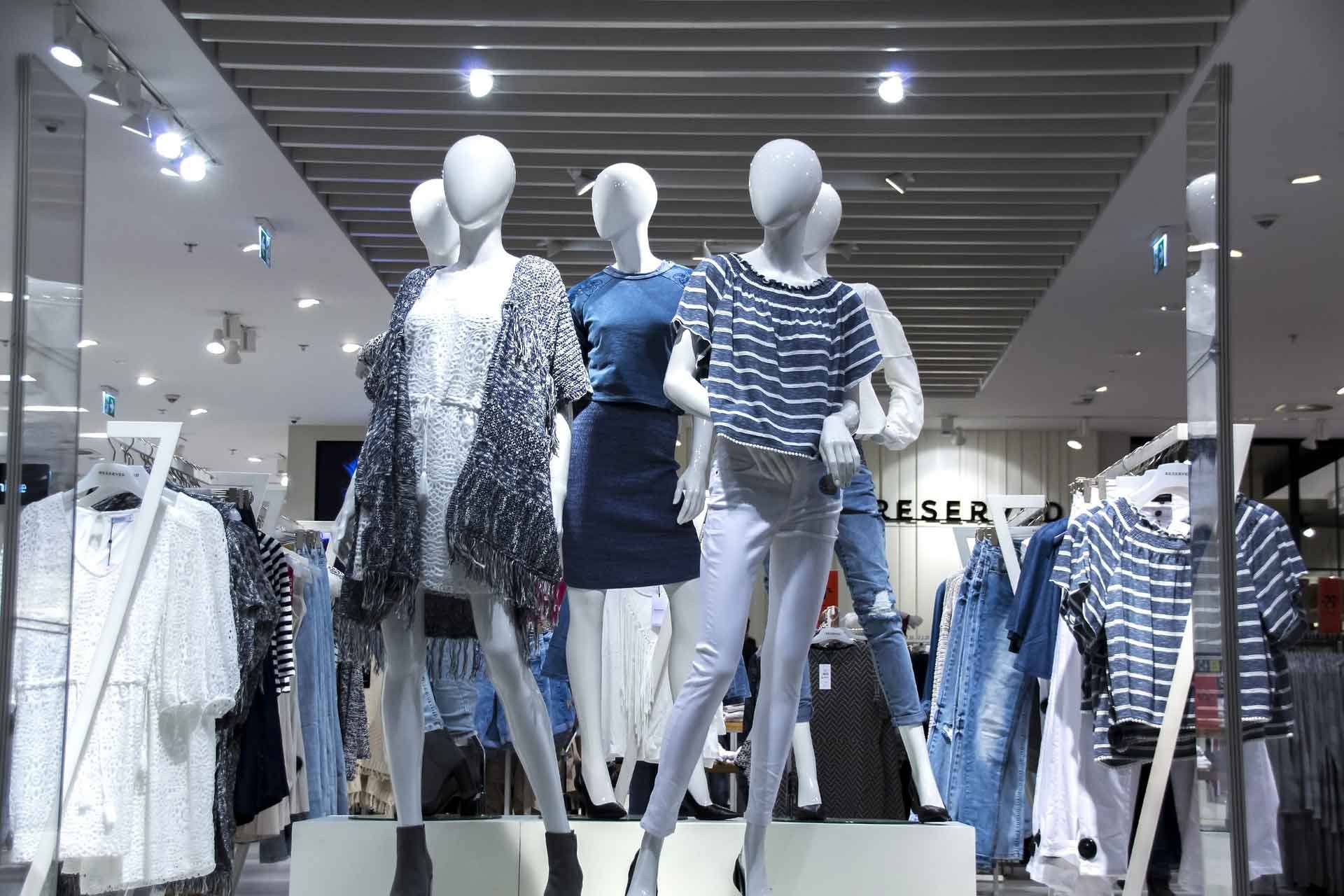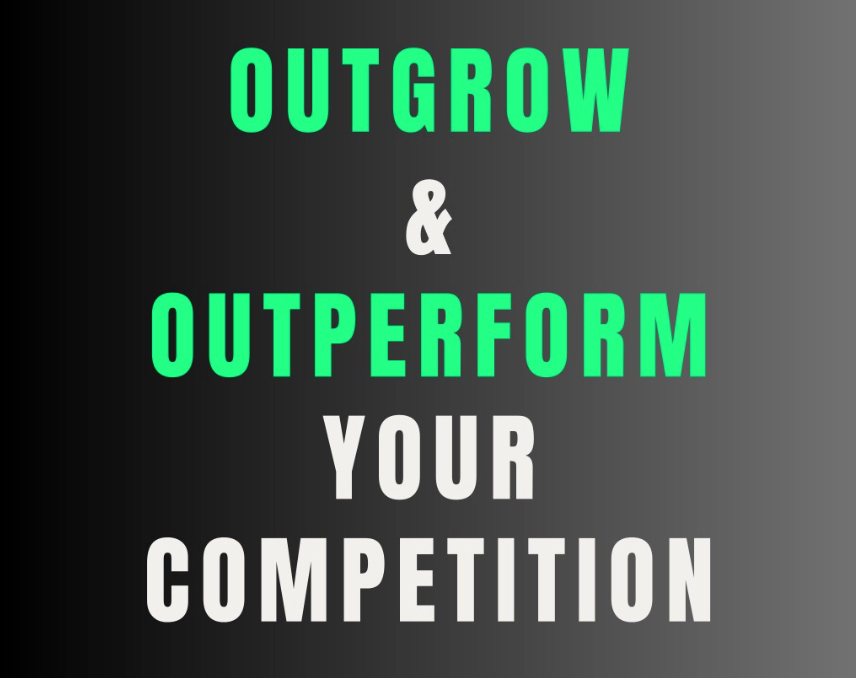The past 6 months have been extremely tough. The pandemic has totally changed our “normal”. The economic hardships in the ripple effect of the pandemic are a fact. But even during these hard times, in times where so many big, established fashion brands have gone bankrupt, there’s been brands that have thrived. The old “rule book” of running a fashion brand is obsolete. Customers today shop from brands they trust. From brands that are authentic and transparent.
Customers are too well educated and want more than just the product, they want experiences, they want a community, and they want to feel part of the brand.
Brands need to take a fresh look at all components of their business and implement the necessary measures to become a brand of the future.
We have put together a list with points to implement and attributes to have, for young and old fashion brands in order to stay relevant and to thrive.
Must Haves
Let’s dive into the MUST HAVES:
1. Clear market positioning
Without a spot on positioning and a clear target customer, a brand will never have space to grow.
2. Have a strong purpose (WHY)
David Hieatt explains it best: “The most important brands in the world make you feel something. They do that because they have something they want to change. And as customers, we want to be part of that change. These companies have a reason to exist over and above just to make a profit: They have a purpose. Yes, we admire the product they make. But the thing we love the most about them is the change they are making.”
3. Modern thinking leaders
Old school is old school, and won’t work in the fast pace of today. The leadership needs to stay educated, curious, and be willing to test, iterate, and pivot to find new ways of doing business. And it goes without saying, leadership needs to bring onboard the younger generation, a diverse group of people, to be relevant NOW.
4. Unique point of view
To closely watch competitor brands and do the same thing because it’s safe will never pave a path for your brand. By setting a clear, unique strategy based on your brand’s values, and following it closely will keep the brand unique and in the forefront, leaving your competitors behind.
5. Tech and data-driven
Everybody has a phone today. There are 2.05 billion online shoppers in 2020, and even more that are consuming content online. For a brand to be digitally visible, they need to have a digital team in place, that takes care of the website, e-commerce, all social media platforms, and content. No, I’m not talking about the outdated IT- department! By implementing a modern digital strategy, driving traffic to the website, having a top-notch e-commerce system, the brand will have recurring and an increasing number of customers.
6. Distinct, cohesive design language
When walking around at a fair and seeing all the hundreds of apparel brands, it makes you realize how similar all the products are. If you remove the logo, you won’t be able to say what brand is what. By intentionally avoiding similarity in design language, it will make your products stand out.
7. Community, inclusivity, diversity
Brands with a strong, faithful customer base have these 3 things in common. They have built extremely strong belonging through community inclusivity and diversity.
8. Environmental responsibility
Sustainability and fair production
Long-term sustainability strategies are musts for brands of the future. Environmental responsibility should be on every brand’s agenda because of today’s conscious, educated customers demand it from the brands they wear. Help your customers, help you, to save the world.
9. Lifestyle
Strong apparel brands are not just about a good product. They are a lifestyle! Customers tap into the world, values, and total lifestyle of that brand. Brands just need to get better at communicating what that lifestyle is and why customers should want to be part of it.
10. Authenticity and honesty
With the ever flooding of information, people have become very aware of BS. For strong and long-term relationships with customers, brands need to be honest in everything they do, tell it as it is, in order to gain trust. A customer that knows your story and trust you as a brand, is a very happy customer. They are your loyal champions that will spread the word about your brand.
11. Communication, information, visibility, and engagement with the customers
Customers want to belong. They want to be part of something cool and great. They want to know what’s going on, they want to know everything about the products, the behind the scenes, and the process. All you have to do is give them the information and let them participate.
12. Customer service
Tony Hsieh, CEO of Zappos, says: “Customer service shouldn’t be a department, it should be the entire company.” Satisfied customers will always remember how well they were treated. They’ll want to come back for more, most of the time bringing their friends and family with them.
13. Happy employees
There is no well-functioning company with miserable employees. Happy employees take effort, affection, engagement, fairness, and positive guidance. Fulfilled employees will always go the extra mile when the times are tough because they know they are appreciated and supported.
14. Great product
Without a great product, it will be hard to enter the market and even harder to succeed and thrive in it. A fantastic product is also the best marketing you can have.
15. Financial security
Successful fashion brands deliver season after season, year after year, consistently. Consistency can only be achieved through a strategic well-working machinery, with systems in place and rigorous planning. Successful brands plan for success, they don’t just end up successful. Having a close eye on the numbers, efficiency, and constant tweaking to reach those numbers is what makes brands thrive.
Good to have
With Good To Have attributes, brands get on a deeper level of trust than regular brands.
1. Storytelling
People don’t always care about facts and numbers, or how many pockets a product has, or what material it’s made of, they will remember the story you tell about that product and collection. Storytelling is at the core of every human being. Tell stories that move people and you will have a much deeper connection and dedication with your customers.
2. Test new sales strategies
With traditional sales funnels, brands know what to expect and how to go about. The sales teams meet their buyers, exhibit at fairs, use the online shop etc. But what if brands would experiment a bit more in their sales strategies with selective offer drops, collaborations, and limited number products? The upsides are the obvious increase in marketing, potentially generating new customer groups, an increase in sales figures, and taps into new product areas.
3. Test new business models
Do fashion brands still need to operate on season based models? Can certain parts of the collection be seasonless, and available all year round? Can parts of the collection have a see now – buy now model? Can brands have a one-year collection instead of the 4 seasons? Can brands have parts of their collections as a rental model? There are only opportunities in testing new ways.
One last thought: A lot of what we are saying here will be obsolete in a very near future. For brands to be relevant they need to ADAPT and PIVOT to the ever-changing scene. As Charles Darwin said: “It is not the strongest of the species that survives, nor the most intelligent that survives. It is the one that is most adaptable to change.” Adapting is learning. The quicker you adapt the better your future will be. What matters is that you respond!
How many of the above points do you tick off as a brand? If it’s less than half, it’s time to book a meeting with your team, implement a strategy, and start planning. There are some great opportunities out there for grabs!
YOU SNOOZE, YOU LOSE




